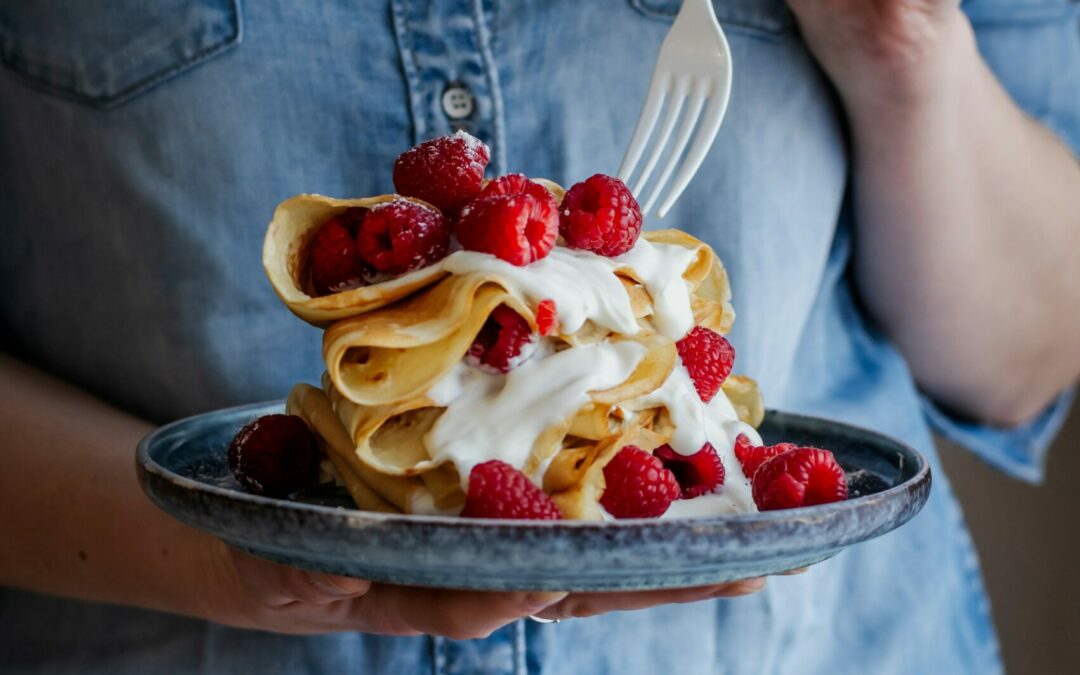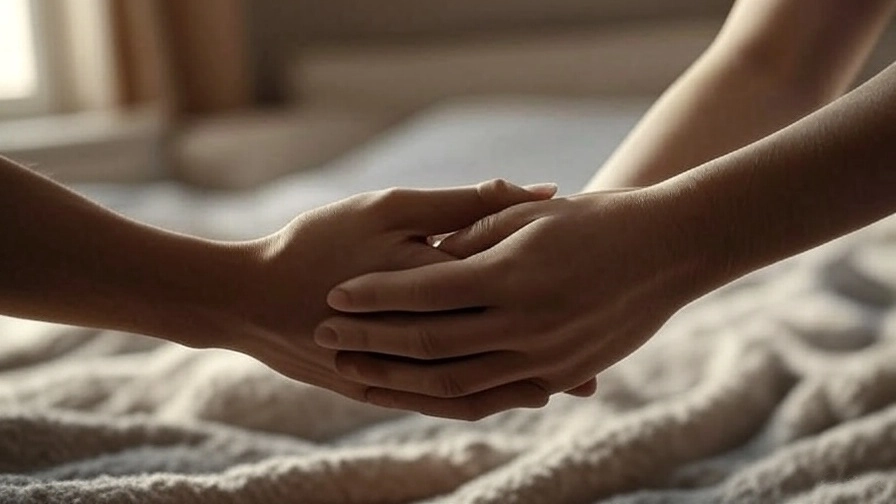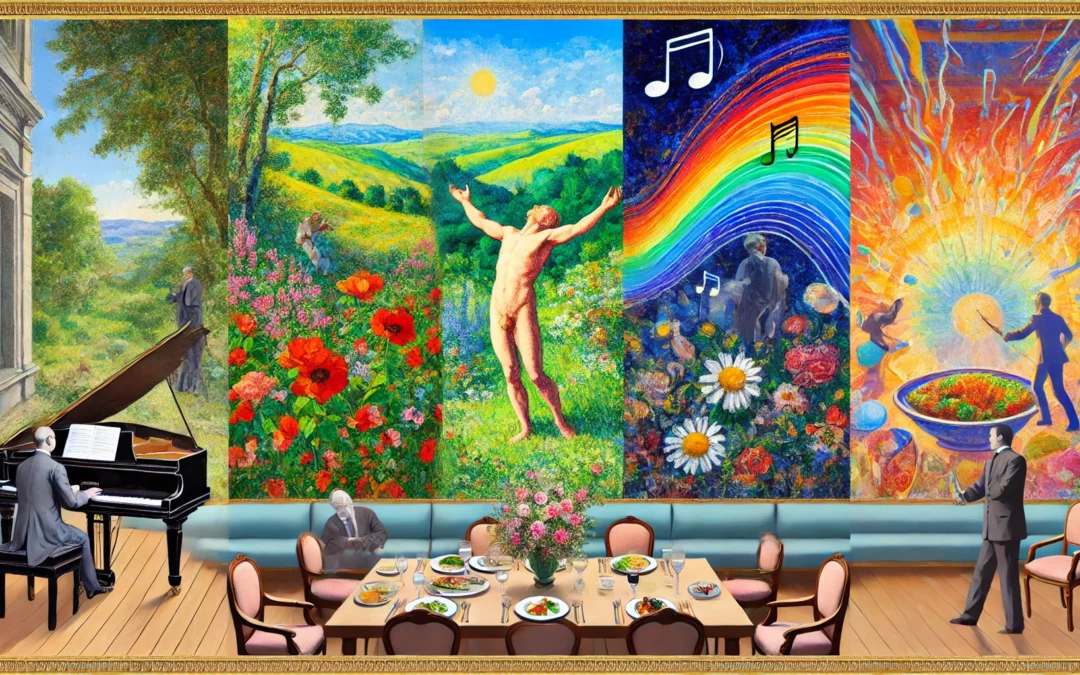Aesthetic hedonism is all about finding happiness and enjoyment in the beauty around us. It’s the idea that our lives can be made richer and more fulfilling by experiencing and appreciating things that please our senses, like art, music, nature, and even delicious food. Instead of just focusing on what’s practical or necessary, aesthetic hedonism encourages us to seek out and enjoy the things that make us feel good simply because they are beautiful or bring us joy.
Imagine taking a moment to enjoy the colors of a sunset, the taste of your favorite dessert, or the way your favorite song makes you feel. These are all examples of aesthetic hedonism in action. In this article, we’ll explore 30 examples of how people can find happiness through beauty and sensory experiences in everyday life. Whether it’s through creating something beautiful or simply appreciating it, aesthetic hedonism shows us that life’s pleasures can be found in the little things that make our senses come alive.
What is Aesthetic Hedonism?
Aesthetic hedonism is a philosophical theory that posits the primary value of art and beauty lies in the pleasure they bring to individuals. According to aesthetic hedonism, the enjoyment and sensory pleasure derived from experiencing art, nature, or other forms of beauty are central to their worth. This concept suggests that aesthetic experiences are valuable primarily because they enhance personal happiness and well-being, making pleasure the ultimate criterion for assessing the value of art and beauty. By focusing on the pleasure produced, aesthetic hedonism aligns closely with broader hedonistic philosophies that prioritize pleasure as the highest good in life.
Aesthetic Hedonism Examples
Aesthetic hedonism is the philosophical idea that the pursuit of beauty and sensory pleasure is the highest good in life. Here are 30 good examples that embody this concept:
1. A life spent traveling to the world’s most beautiful places, solely to experience the stunning landscapes, art, and architecture, prioritizing these experiences over material wealth or status.
2. An artist who paints not for fame or money, but purely for the joy of creating visually pleasing works, believing that the act of creation is the ultimate fulfillment.
3. A person who spends hours curating their home environment—from selecting furniture to arranging flowers—simply to create a space that brings them daily visual delight.
4. A gourmet who seeks out the most exquisite and artfully presented meals, aesthetic hedonism is about finding pleasure in beauty and sensory experiences. A gourmet exemplifies this by seeking out exquisitely crafted meals, valuing not just the taste, but also the texture and presentation, treating the dining experience as a form of art.
5. A music lover who dedicates their life to attending live concerts and collecting rare records, driven by the sheer joy and emotional resonance of beautiful melodies.
6. A fashion enthusiast who views dressing up as an art form, meticulously choosing outfits that express beauty and personal style, treating every day as an opportunity for aesthetic expression.
7. A book lover who collects beautifully bound books, valuing not just the content but the craftsmanship of the book as an object of beauty.
8. An individual who spends their weekends visiting art galleries and museums, not to learn or study, but to immerse themselves in the pleasure of beautiful artworks.
9. A filmmaker who devotes their career to creating visually stunning films, prioritizing cinematography and artistic expression over commercial success.
10. A nature enthusiast who finds deep pleasure in watching sunsets, wandering through gardens, and exploring forests, focusing on the beauty of the natural world.
11. A person who chooses to live in a picturesque, remote location, away from the hustle and bustle, to constantly be surrounded by natural beauty.
12. A photographer who captures moments of beauty in the mundane, like a drop of rain on a leaf or a fleeting expression, finding joy in the aesthetics of everyday life.
13. An individual who curates their social media feed with only the most visually appealing content, treating it as a personal gallery to enjoy and share beauty.
14. A perfume aficionado who seeks out the most exquisite and rare fragrances, valuing the sensory experience of scent as an essential pleasure.
15. A person who dedicates time to studying the aesthetics of different cultures, not for academic reasons, but to appreciate and immerse themselves in diverse forms of beauty.
16. A traveler who selects destinations based on their artistic and architectural beauty, prioritizing cities like Paris, Venice, and Kyoto for their aesthetic allure, is an example of aesthetic hedonism.
17. A chef who creates dishes as works of art, focusing on the visual presentation and harmonious flavors to provide a feast for both the eyes and the palate.
18. A person who decorates their garden with an array of colorful flowers and sculpted plants, spending hours tending to it as a living artwork.
19. An interior designer who values the flow and harmony of a space, not for functionality, but for the sheer pleasure of creating a visually stunning environment.
20. A writer who crafts their prose with a focus on lyrical beauty, choosing words and rhythms that are pleasing to the ear, rather than merely conveying information.
21. A dancer who loses themselves in the flow of movement, not for performance, but for the joy of expressing beauty through their body.
22. A person who attends flower arrangement classes, aesthetic hedonism is about deriving joy from beauty and sensory experiences. This is reflected in someone who attends flower arrangement classes, finding deep satisfaction in both creating and admiring the beauty of meticulously arranged blooms.
23.A hobbyist who spends hours building intricate models or crafting delicate sculptures, simply for the pleasure of seeing something beautiful take shape.
24. An enthusiast of classical music who listens to symphonies and operas, not just for intellectual appreciation, but for the sheer emotional pleasure they derive from the beauty of the music.
25. A collector of vintage items who seeks out objects with aesthetic charm, valuing their design and craftsmanship over their historical or monetary value.
26. A person who enjoys designing and creating their own clothing, finding joy in the process of turning fabrics into something beautiful and unique.
27. A tea connoisseur who carefully selects and brews rare teas, appreciating the delicate beauty of the tea leaves, the aroma, and the ritual of drinking tea.
28. A gardener who takes pleasure in arranging plants in a way that creates the most visually appealing landscapes, rather than focusing on practicality or yield.
29. An individual who enjoys spending time arranging their food on the plate in an artful manner, even for meals eaten alone, purely for the pleasure of consuming something visually delightful.
30. A person who spends hours perfecting their handwriting or calligraphy, not for practical reasons, but for the aesthetic pleasure of creating beautiful letters and forms.
Core Principles of Aesthetic Hedonism
- A. The Pursuit of Beauty
- Importance of beauty in everyday experiences (art, nature, design).
- B. Sensory Pleasure
- Sensory experiences as a pathway to pleasure (sight, sound, taste, touch, smell).
- C. Emotional Resonance
- The role of emotions in aesthetic experiences.
- D. Personal Fulfillment
- How aesthetic experiences contribute to a sense of fulfillment and happiness.
- E. Balance and Moderation
- The balance between indulgence and overindulgence in aesthetic pleasures.
Key Figures in Aesthetic Hedonism
Aesthetic Hedonism, a philosophical view that values pleasure derived from beauty and sensory experiences, is significantly influenced by several key figures. Epicurus, an ancient Greek philosopher, laid the groundwork by advocating that pleasure is the highest good, emphasizing the importance of simple, aesthetic pleasures. Jeremy Bentham and John Stuart Mill, key proponents of utilitarianism, further shaped the discussion by linking pleasure and happiness to moral theory, including the appreciation of beauty. Oscar Wilde, a leading figure of the Aesthetic Movement, exemplified Aesthetic Hedonism in literature and art, celebrating beauty as a primary source of pleasure. Their contributions are foundational to understanding Aesthetic Hedonism.
Aesthetic Hedonism in Philosophical Thought
Aesthetic hedonism is a philosophical concept that revolves around the pursuit of pleasure through the appreciation of beauty and sensory experiences. At its core, it suggests that life’s highest value lies in experiencing pleasure, particularly through aesthetically pleasing things.
In ancient philosophy, Epicureanism laid the groundwork for this idea. Epicurus, a Greek philosopher, argued that pleasure is the ultimate goal of life, but he emphasized simple, moderate pleasures over indulgent ones. For him, the appreciation of beauty in nature, art, and simple living was a key source of true pleasure. Rather than seeking intense or extravagant pleasures, Epicureans believed in finding joy in calm and beautiful experiences, which aligned closely with aesthetic hedonism.
During the Enlightenment, this concept evolved further. Philosophers like David Hume and Immanuel Kant explored the role of beauty and pleasure in human experience. Hume, for instance, suggested that beauty and taste are central to human happiness, arguing that our sense of beauty is an essential part of our emotional life. Kant, while not a hedonist, acknowledged that the experience of beauty brings a disinterested pleasure—a kind of joy that is not tied to personal gain or desire.
Aesthetic hedonism during the Enlightenment also reflected a shift towards valuing individual experience and subjective pleasure. The era’s focus on reason and individualism led to a greater appreciation of personal tastes and the role of aesthetic pleasure in a fulfilling life. As a result, aesthetic hedonism became more about finding personal satisfaction in beauty and art rather than adhering strictly to moral or rational rules.
Overall, aesthetic hedonism highlights the importance of beauty and sensory experiences as sources of pleasure and fulfillment in life, tracing its roots back to ancient philosophical traditions and evolving significantly during the Enlightenment.
Read also: 30 Archaic Traditions Examples & Explanation
The Most Popular on BitGlint

Top 100 Personal Items List
Everyone uses personal items in their daily lives, often without even thinking about them. From the moment you wake up...

30 Defiance Examples & Meaning
Defiance is something most people experience at some point in life. You feel it when you say no to something that...

Top 30 Desire Examples & Definition
Desire is a powerful force that drives much of human behavior, shaping our goals, dreams, and everyday decisions. It's...

100 Non-Digital Things List
In everyday life, there are still hundreds of objects, tools, and materials that exist completely outside the digital...

30 Examples of Attention & Definition
Have you ever noticed how a catchy tune can grab your attention, even when you're busy doing something else? It's...

60 Cultural Traditions Examples & Definition
Cultural traditions are part of daily life - whether people realize it or not. They shape what we eat, how we...

Top 30 Intimacy Examples & Meaning
Intimacy goes beyond physical touch or romantic moments. It’s about closeness, trust, and connection. In everyday...
Get Inspired with BitGlint
The Latest
40 Emotional Value Examples & Meaning
Why do some messages stick — while others are forgotten? Why do people choose one brand over another, even when the product is the same? The answer often comes down to emotional value. Emotional value is what makes a message feel human. It’s the emotional connection...

30 Teasing Examples & Definition
Teasing is a common part of human interaction. People tease in different ways, for different reasons. Sometimes it is friendly. Sometimes it can hurt feelings. Understanding what teasing means and seeing clear examples helps everyone handle these moments better....
40 Thought Experiments for Curious Minds
Some questions can’t be answered with a simple yes or no. Some problems don’t have a clear solution. That’s where thought experiments come in. They aren’t just old ideas from philosophy books. Thought experiments are tools we still use to think through problems, test...
100+ Things That Are Cold
Cold is something most people understand the moment they feel it. You step outside on a freezing morning. You grab a drink straight from the fridge. You touch a metal pole in the middle of winter. That sharp, biting sensation? That’s cold. This article brings together...

